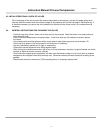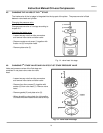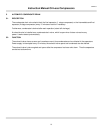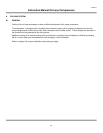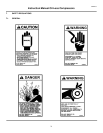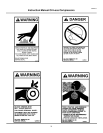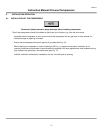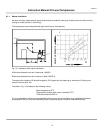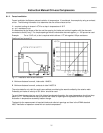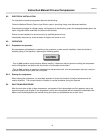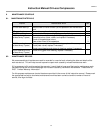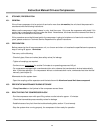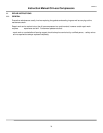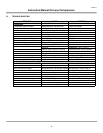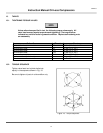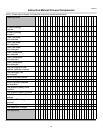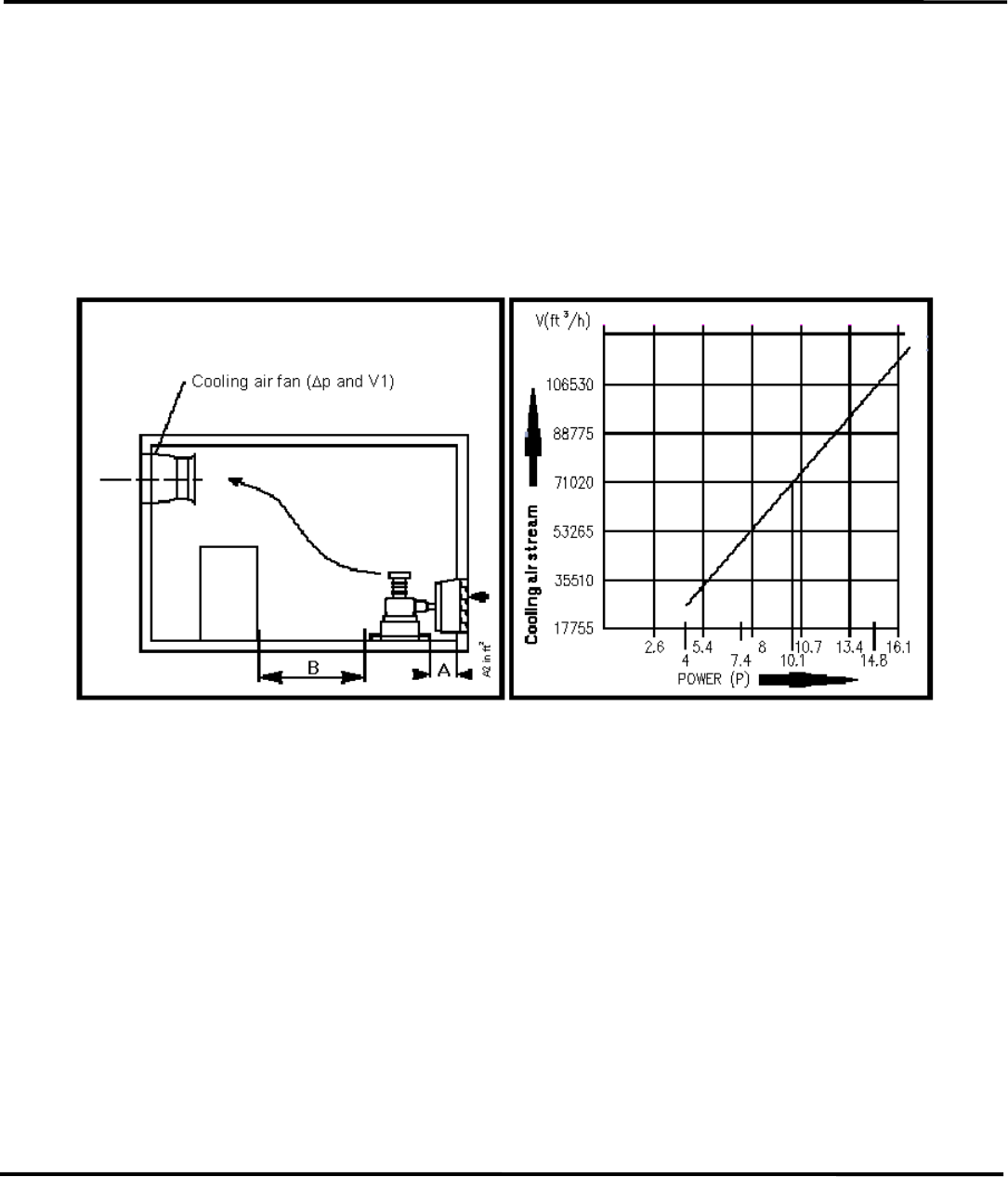
CAP-215
25
Instruction Manual Oil-Less Compressors
8.1.2. Forced ventilation
Forced ventilation facilitates a reduced variation in temperature. It is achieved, for example by using an exhaust
air fan. The following information is to determine the size of the exhaust air fan:
V = required cooling air stream in ft
3
/h for a drop in temperature of 18°F
p = ∆p = resistance in pa.
It is determined by the shape of the fan and the opening for intake and outlet air together with the channels
connected to them (if any). For simple openings without unfavorable channels approx. p = 100 pa can be used.
Example: For a 10 HP unit, a fan is required which delivers 1177 cfm against 100 pa resistance.
Cooling air fan (∆p and V1)
Fig. 17: Installation with forced ventilation
A Minimum distance from wall, intake side 1.6405 ft.
B Minimum distance from wall, exhaust air side 2.46075 ft
The value stated is only valid for small rooms without considering the warmth emitted by the exterior walls.
Preferably an intake air velocity of 591 ft/min. should be used.
To avoid frost damage due to a very high internal condensate formation, the room temperature should not drop
below +41º F. We recommend that you provide the intake air openings with adjustable louvers to equalize
fluctuation in temperature caused by season change.
The basis for the measurement of required intake and outlet air openings and fans is the VDMA standard
4363 "Ventilation of operation rooms with air cooled compressors".



